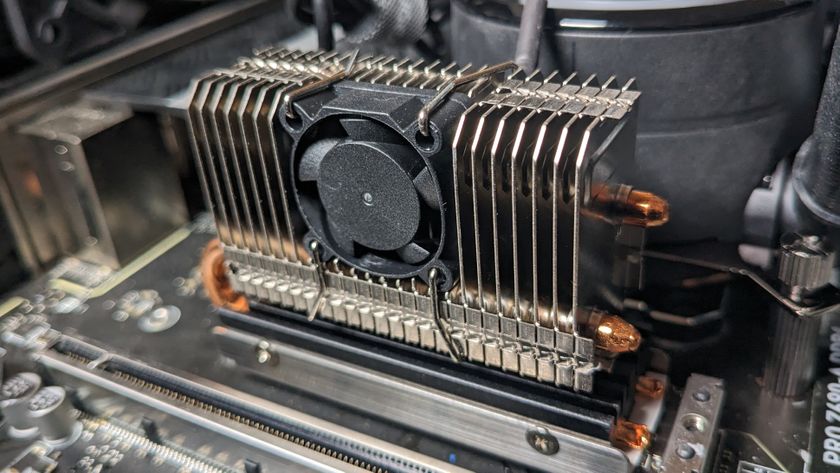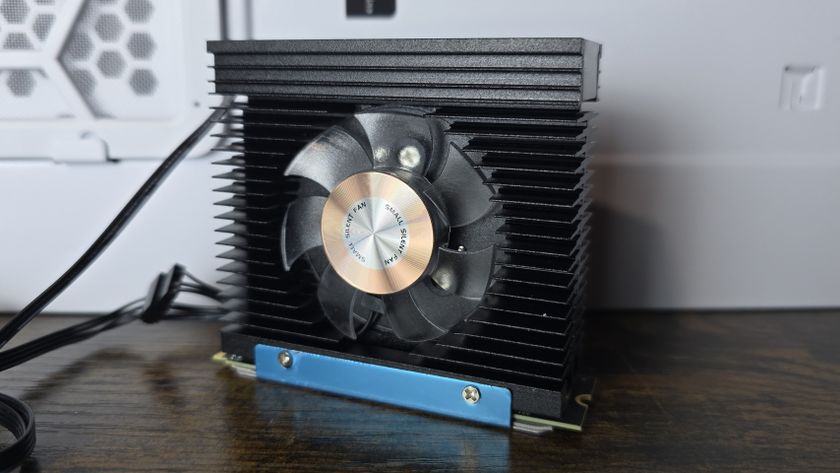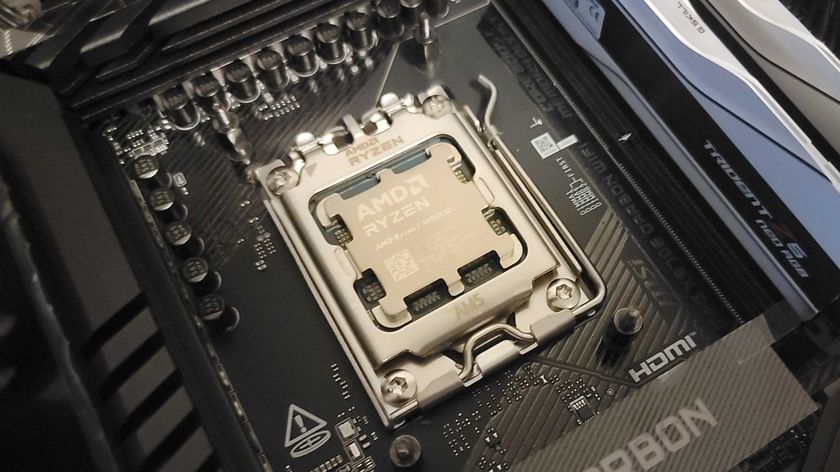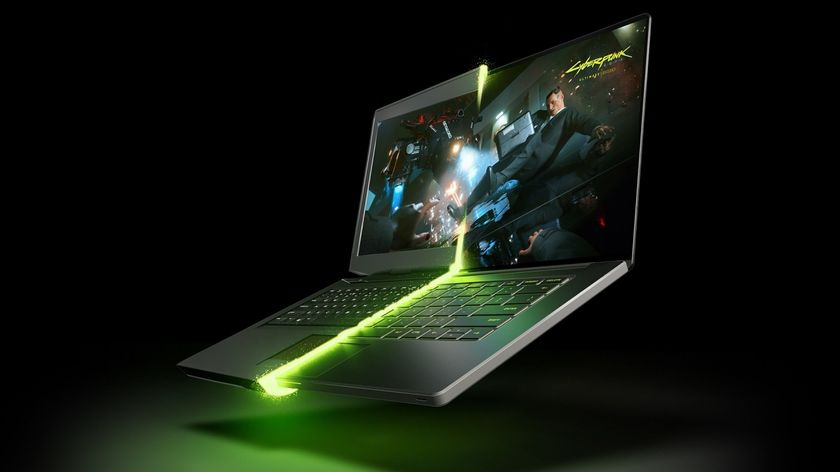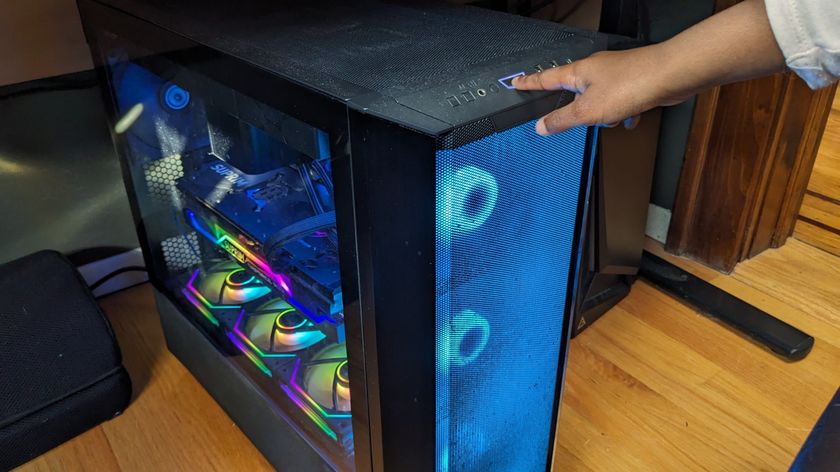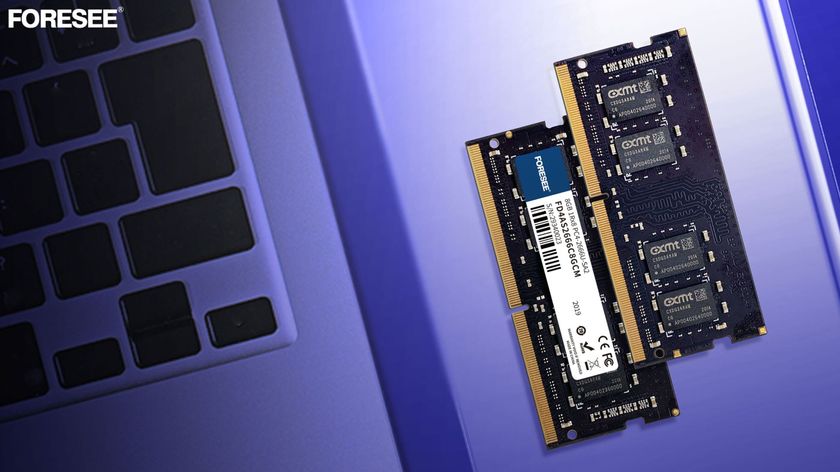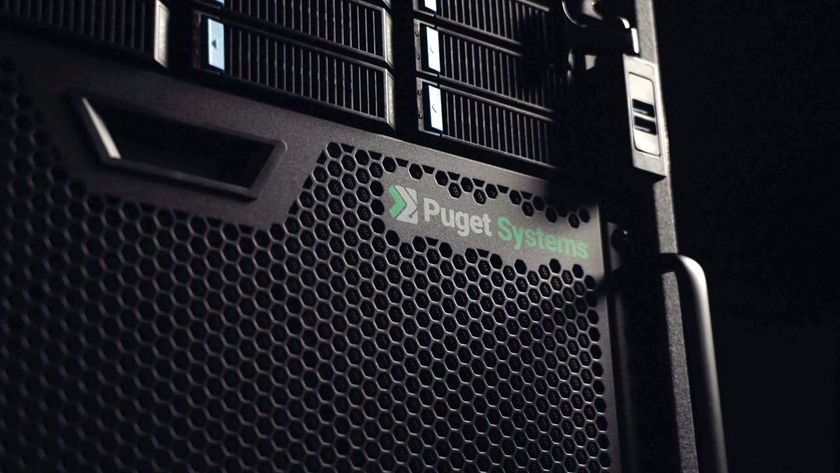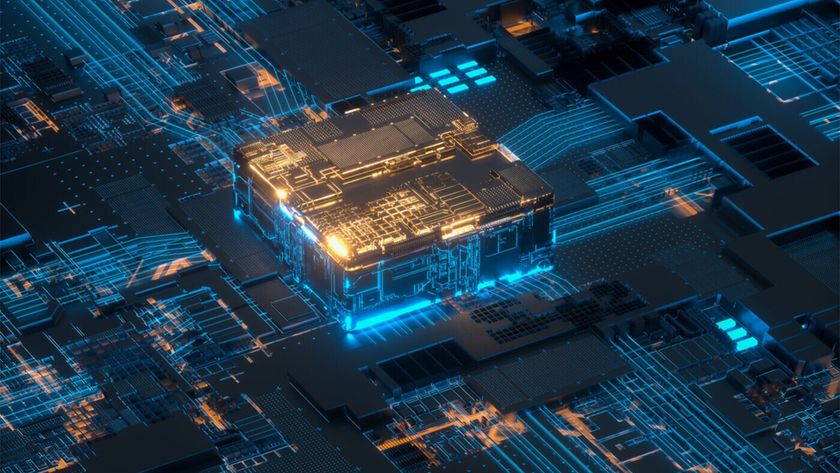Company develops copper-diamond composite for better heatsink cooling — lower CPU and GPU temps
The heatsink could eventually become the most expensive part of your PC.

Element Six (E6), a company owned by the De Beers Group known for its diamond mines, launched a copper-plated diamond composite material designed to improve cooling efficiency. According to E6, this new solution is meant for applications such as artificial intelligence (AI), high-performance computers (HPC), and GaN RF devices, all producing a lot of heat.
“Thermal management for semiconductor devices remains a significant challenge as power levels increase and packaging continues to advance, “says E6 Chief Technologies Daniel Twitchen. “Our copper diamond composite addresses these challenges by offering a scalable and affordable solution for next-generation AI and HPC devices. This innovation empowers our customers to enhance performance and reliability, while reducing cooling costs.”
Whether natural or synthetic, diamonds are electrical insulators. However, they’re also significantly more thermally conductive than copper, making them ideal for a heatsink that could transfer thermal energy more efficiently than traditional materials. Because diamonds are prohibitively expensive, research using this material is often limited to industrial and high-end applications.
Since E6 is a De Beers company, which used to have a monopoly on the global diamond supply, it would have no issues finding the diamond material it needs to build this composite material. A startup called Akash Systems is considering using diamond material for cooling GPUs, but it’s still asking for $18.2 million in CHIPS and Science Act funding to continue working on it.
If this copper-diamond composite ever hits the market, it will likely be offered first to AI data centers. These centers use a lot of power to cool their GPUs and processors. This composite would hopefully make cooling far more efficient, reducing the electricity consumption of these sites, which are already straining the national grid.
Furthermore, suppose its mass production pushes prices down further, making it a reasonable purchase for enthusiasts. In that case, we might soon get high-power PC components, like the RTX 5090, arriving in a smaller, more compact form factor. This would be a boon to small form factor fans, as they could finally get the best of both worlds—a compact PC with the power of a full-sized tower desktop.
Stay On the Cutting Edge: Get the Tom's Hardware Newsletter
Get Tom's Hardware's best news and in-depth reviews, straight to your inbox.

Jowi Morales is a tech enthusiast with years of experience working in the industry. He’s been writing with several tech publications since 2021, where he’s been interested in tech hardware and consumer electronics.
-
thestryker This is a very interesting development if the cost can be low enough. The improved heat transfer could have all sorts of benefits with things like IHS and liquid cooling coldplates. At the end of the day though the heat does still need somewhere to go which is where the problems are at the datacenter level. Cooling definitely hasn't kept up with the increasing density of computing performance.Reply -
JRStern It's a cute idea. If fine diamond dust will do, and it might even be optimal, then it might be that lab diamond technology might be able to turn it out at very reasonable prices, it doesn't have to be faceted or anything, LOL.Reply
But it's really not justified to be too expensive. Copper is already pretty good, silver is a tiny bit better, and cubic boron nitride at about $100/ounce seems highly available, so that puts a ceiling on what diamond/copper could ever really cost.
As long as it's expensive you'd only want a couple of ounces of it to interface with larger pure copper or other pipes or dissipators. -
Mama Changa Prices of synthetic diamond have crashed, by up to 80% in last year. I'm not sure de Beers though will have any interest in synthetic diamond, to keep prices stupidly high. But the fact is mining diamonds is no longer sensible given how synthetic diamonds are so much cheaper now at 25% of the price.Reply -
abufrejoval Reply
My understanding of de Beers has been that they are very interested in anything related to diamonds. So of synthetic ones are a thing, they needed to be in on it, and have been for decades from what I remember. Whatever science surrounds those carbon structures, they need to manage to remain in business.Mama Changa said:Prices of synthetic diamond have crashed, by up to 80% in last year. I'm not sure de Beers though will have any interest in synthetic diamond, to keep prices stupidly high. But the fact is mining diamonds is no longer sensible given how synthetic diamonds are so much cheaper now at 25% of the price.
And it makes even more sense, when synthetic diamonds can be put to industrial uses, which requires understanding the materials and the tools required to make and form it.
Last time I heard of IT use in industrial diamonds was very thin yet stable HDD platter coating against head crashes. If that came to pass, then cost must have been manageable.
For all I know artificial diamonds start with carbon. And then it's a mixture of pressure and deposition, somewhat similar to what you do in a silicon wafer fab. So if you can depose diamond layers and pillars into chips to enable better cooling and (I guess) without electrical current conductivity, that could be interesting.
Then again aren't nanowires (from carbon) conductive? I guess it's time for a bit of research... -
thesyndrome This makes a lot of sense as a business move, over the last few years diamond sales have been dropping steadily for a number of reasons that make purchasing expensive jewellery less popular (inflation, decreasing popularity of marriage, cost of living increases, etc), so they must be running into an excess of stock but don't want to actually lower the price of diamond jewellery, so instead they are looking into ways to implement diamonds into computing to broaden their profit portfolio on top of diamond cutters and other services they offer.Reply
Considering how big computing is and how it's only going to become more prevalent moving forward, trying to get involved in that industry is a way to have a fallback strategy in case the premium jewellery market just keeps slowing down, and it's not a bad idea to be honest, we'll have to see if they do manage to get significant cooling performance from this project, otherwise I feel like this will end up as another "rich kid" upgrade that most people consider a pointless expenditure. -
bit_user Reply
This could only be viable using synthetic diamonds, which is a market De Beers certainly doesn't dominate. Especially of the low-grade, commonly used in industrial applications.The article said:Since E6 is a De Beers company, which used to have a monopoly on the global diamond supply, it would have no issues finding the diamond material it needs to build this composite material.
LOL, that's quite a flight of fancy!The article said:we might soon get high-power PC components, like the RTX 5090, arriving in a smaller, more compact form factor. This would be a boon to small form factor fans, as they could finally get the best of both worlds—a compact PC with the power of a full-sized tower desktop.
: D
Let's get a few things straight:
Diamonds are no match for vapor chambers, which are already commonly used in flagship GPUs and high-end server CPU cooling. Vapor Chambers have heat conductivity in the realm of 5,000-20,000 W/(mK), compared to diamonds at a mere 2,200 W/(mK).
Copper is already too heavy and expensive for modern thermal solutions to use, exclusively. So, this new composite would only be used in places where copper is currently being used and constitutes a thermal bottleneck (e.g. heatspreaders or perhaps the base of vapor chambers).
This new material won't really address the problem of transferring the heat to air, which is ultimately where it needs to go. If it improves heat transfer into the fin stack, then maybe you could slightly reduce the fin area, but it's not going to be a game-changer for SFF builds, like the author suggests. -
edzieba Industrial diamonds are relatively cheap, if you choose the correct form. Diamond powder in various grit sizes (used for grinding applications and creating diamond abrasive tools) is pretty cheap, so you could mix this into your silicone grease carrier (use a selection of grain sizes for optimum packing) and easily make your own diamonds thermal paste. That's literally what commercial 'diamond' thermal pastes are.Reply
You can do the same with copper (melt it and mix in diamond powders, as diamond melts at several thousand K higher than copper) but this may present some challenges for the home foundry. Mainly that you will need an inert gas environment for your melt and pour, as diamond burns at 900°C and copper melts above 1000°C. An alternative would be to purchase copper foil, then laminate it with the diamond powder. Stack many layers of this and them compress to form a billet, possibly with a sintering step as long as you sinter below 900°C.

